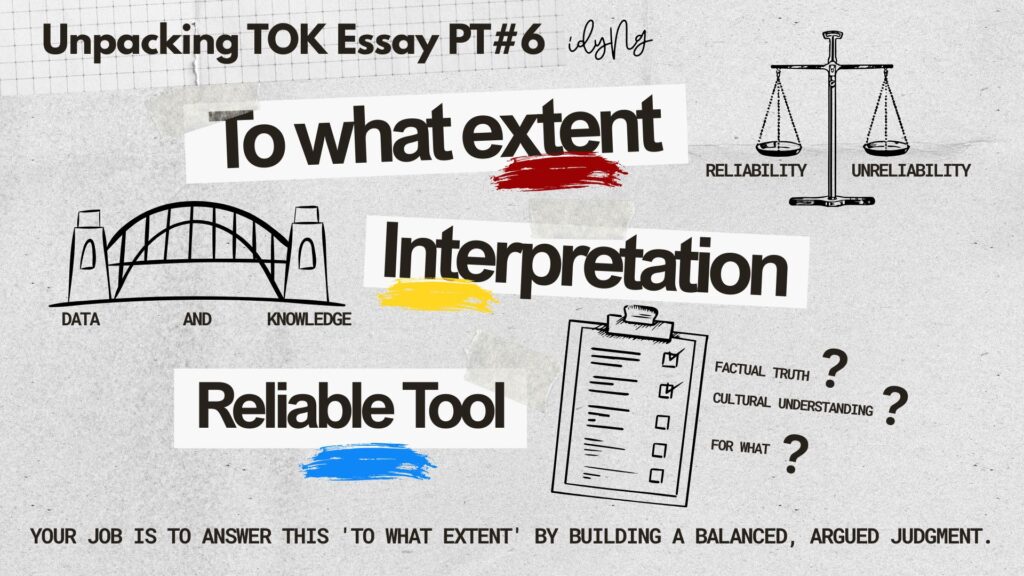In an era where adaptability and resilience are more important than ever, fostering a growth mindset is crucial for both students and parents. As an educator dedicated to nurturing young minds, and as a mother of two boys navigating their own unique challenges, I’ve seen the profound impact that a growth mindset can have on learning and personal development. This mindset—the belief that abilities can be developed through effort, perseverance, and learning from mistakes—empowers children to embrace challenges rather than shy away from them.
In my experience, creating an environment that supports this mindset begins with self-discovery and reflection. Encouraging students and my own children to explore their strengths, weaknesses, and passions lays the groundwork for lifelong learning. This initial strategy not only promotes self-awareness but also fosters a sense of ownership over their learning journeys.
I will share specific strategies for cultivating a growth mindset, starting with the importance of self-discovery and reflection. By guiding children to understand themselves better, we can help them recognize their potential and develop the resilience needed to tackle obstacles head-on. Join me as we explore how this foundational step can set the stage for a mindset that thrives on challenges and embraces the joy of learning.

Self-Discovery and Reflection
Recognize Strengths and Weaknesses: Encourage discussions about strengths and weaknesses among all ages, from children to adults. For example, during a reflection activity, individuals can list areas they feel confident in and those they want to improve. This approach fosters curiosity about weaknesses rather than fear, promoting a growth mindset.
However, we all understand that not everyone likes to reflect or admit they are not very good at something. For students or children who are hesitant to reflect or unwilling to acknowledge areas for improvement, it is essential to handle this with patience and encouragement. Rather than focusing on what was wrong, shift the focus to the potential for growth and improvement.
How to Handle Resistance to Reflection:
- Build a Positive Relationship: Start by developing trust through active listening, empathy, and showing genuine interest in their thoughts and feelings. When students or children feel valued and supported, they are more likely to open up.
- Encourage Small Wins: Highlight even the smallest achievements to build confidence. For instance, instead of saying, “This part is wrong,” try saying, “This is a great starting point, and here’s how you can make it even better.”
- Create a Safe Space: Assure them that making mistakes is a natural part of learning. Normalize failure by sharing examples of how you or others have learned from challenges.
- Frame Reflection as Growth: Position reflection as a tool for progress, not criticism. For example, ask questions like, “What do you think worked well, and what can we try differently next time?” This helps them see improvement as a collaborative and positive process.
Long-Term Benefits
Building and practicing a growth mindset through self-discovery and reflection offers significant long-term benefits, including enhanced resilience, improved self-esteem, and a lifelong love for learning. These practices foster stronger relationships by promoting effective communication and trust, while also developing critical problem-solving skills and increasing motivation. Furthermore, individuals gain greater emotional intelligence, enabling them to navigate challenges and connect with others more deeply. Ultimately, cultivating a growth mindset equips individuals with the tools to embrace continuous growth and thrive in various aspects of life.






